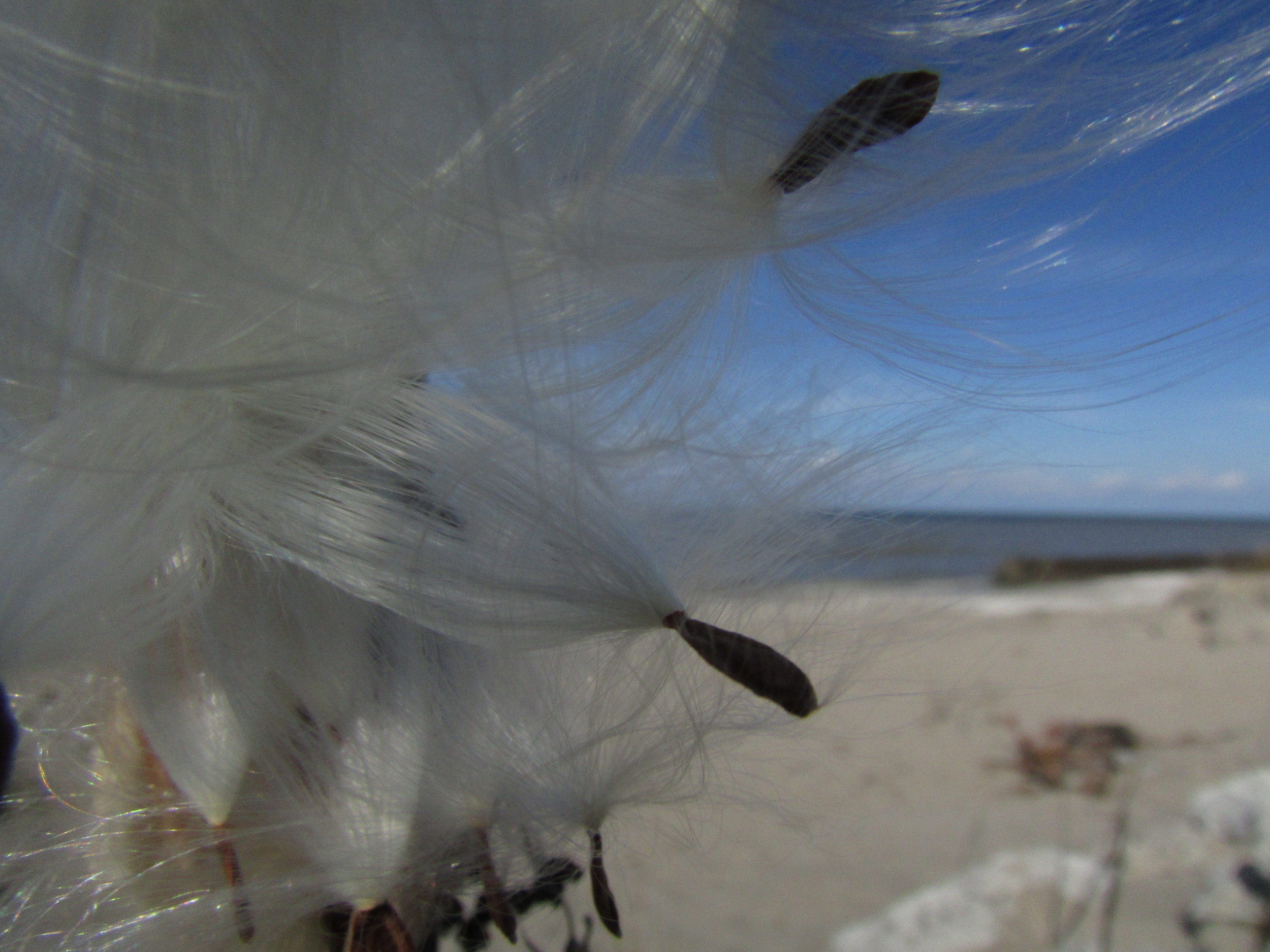When I moved from Oregon years ago, I left an ocean I loved very much but saw only a few times a year. Now I live four miles south of an inland sea, a vast stretch of shore and water and weather, Lake Erie.
Sure, it’s called a lake, and I suppose it doesn’t fit some people’s definition of a sea (it’s freshwater, for instance, and landlocked), but it’s much bigger than the Sea of Galilee, which is also freshwater and landlocked.
I wonder if the lake’s reputation would be more romantic if it were called the Sea of Erie. I’m not the first to suggest this. In 1883, poet Edith M. Thomas argued in an essay in The Atlantic Monthly that Erie deserved to be called “a fresh-water sea." She writes, “No configuration of the land, neither the majesty of mountains nor the airy spaciousness of plains, so moves us as does the sea, with its sublime unity and its unresting motion. What is true of the sea, as regards to this exalted first impression, may as justly be claimed for any body of water which vision is unable to span.” I particularly like the idea of vision being unable to span, which is prettier than saying you can’t see across it to the other side, where Canada lies, a whole different country.
The Great Lakes hold 21% of the world’s fresh surface water, six quadrillion gallons. What does quadrillion even mean? It turns out a quadrillion is a different number in the United States than it is in Great Britain. But once you get to quadrillion, who’s counting? I guess someone is. The USGS says that there are 22,339 cubic miles of water in lakes and rivers across the planet. Erie contains 116 cubic miles. It provides drinking water for eleven million people. In recent years, stretches of toxic algae, caused, in part, by fertilizer runoff, have threatened this water source.
In good weather, I visit the lake a few times a week to go for a run/stumble at Geneva State Park, near where Edith M. Thomas grew up in Geneva. I’m one of the regulars, the folks who show up at the same time in the morning, engaging in our separate routines. There’s the skinny older guy in the baseball hat who smokes and leads his pug to exactly the same spot overlooking the beach, a point indistinguishable from any other point along the path, where he lingers. There are quite a few human/dog pairs among the regulars, and I’ll admit I recognize the dogs more often than the humans. There’s the elderly man on the yellow bicycle, who rides in circles around the parking lot. There was, for years, a white-haired woman who walked the road through the park, picking up garbage. She wore a pink visor in summer and a florescent vest in the winter. We’d wave. When summer came around this year, though, I realized I hadn’t seen her in a while. In my imagination, she’s moved to Florida, and that’s where she’ll reside, picking up garbage along warmer beaches.
Geneva State Park was once Chestnut Grove Park, known for its now-missing American chestnuts, killed by chestnut blight. In nearby Geneva-on-the-Lake, John D. Rockefeller, Harvey Firestone, and Henry Ford once camped, whatever “camping” means when you’re a tycoon. I picture chef-prepared meals of freshly-caught lake sturgeon, a fish listed as an endangered species by the Ohio Department of Natural Resources (unlike tycoons). I picture sturgeon caviar, the demand for which helped bring about its over-fishing. I picture cigars and wine. I picture napkins. I have a hard time, however, picturing these three men swimming; to that place, my vision is unable to span.





